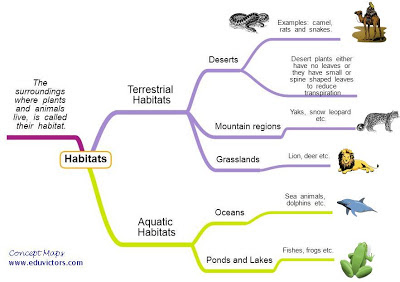Light, Shadows and Reflections
MCQs |
| Sun Dial at Jantar Mantar in Delhi. Do you know it uses the principles of Light and Shadows? Do you want to make your own Sun Clock (Dial)? See below. |
Q1: Objects that emit light on their own are called ___________
(a) Ligth Objects
(b) Luminous bodies
(c) Non-Luminous bodies
(d) Opaque bodies
Q2: Which one of the following is not a luminous object?
(a) lit candle
(b) sun
(c) star
(d) moon
Q3: If we are able to see anything clearly through an object, then such an object is said to be a _______ object.
(a) transparent
(b) translucent
(c) opaque
(d) none of these
Q4: A _______ eclipse occurs when earth comes between sun and moon in a straight line.
(a) solar
(b) lunar
(c) shadow
(d) none of these
Q5: The shape of a shadow depends on which of the following.





